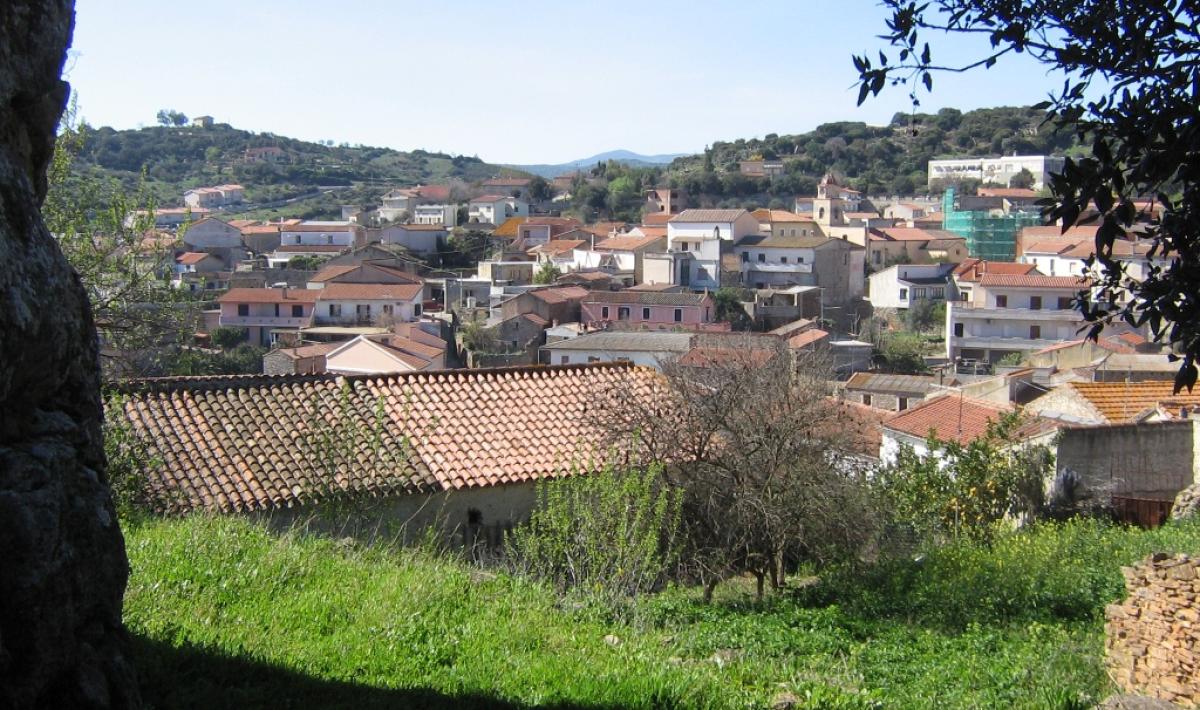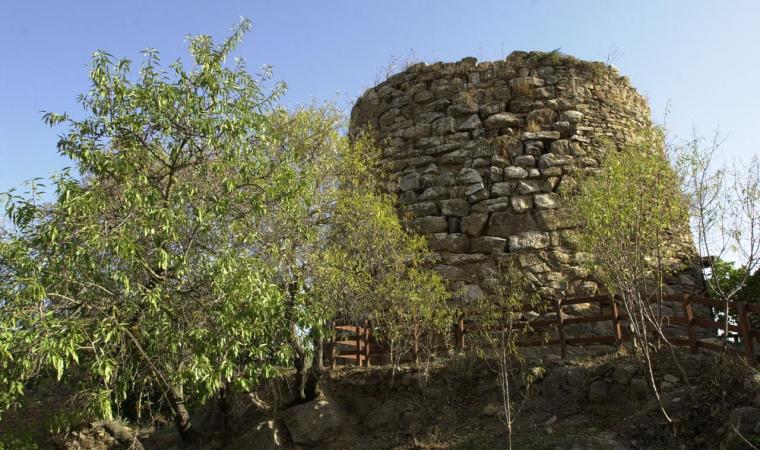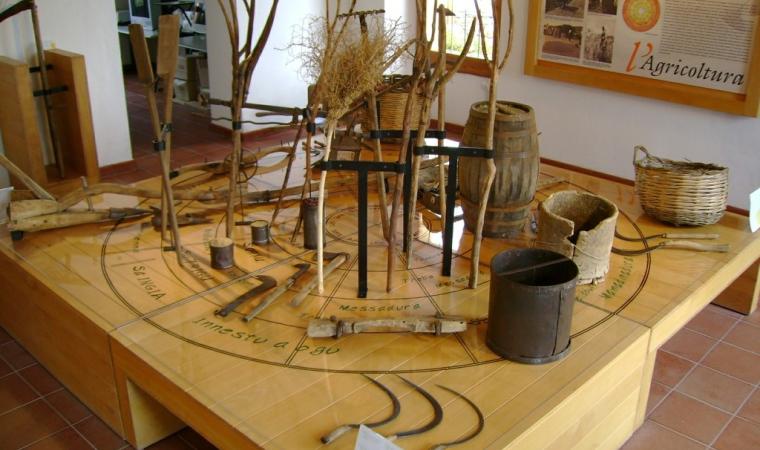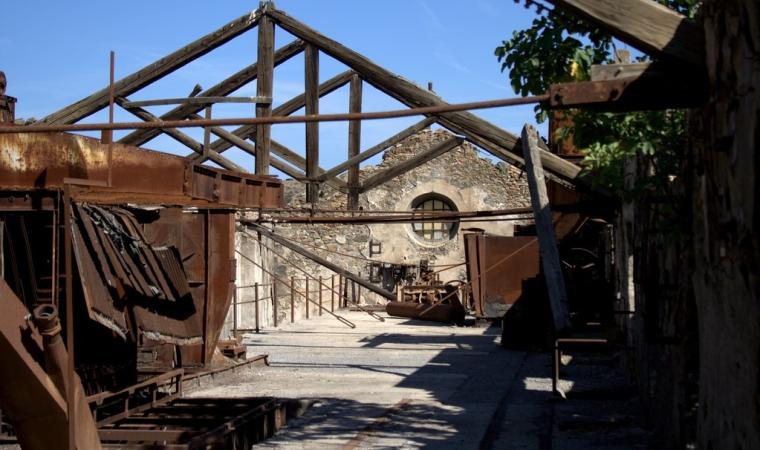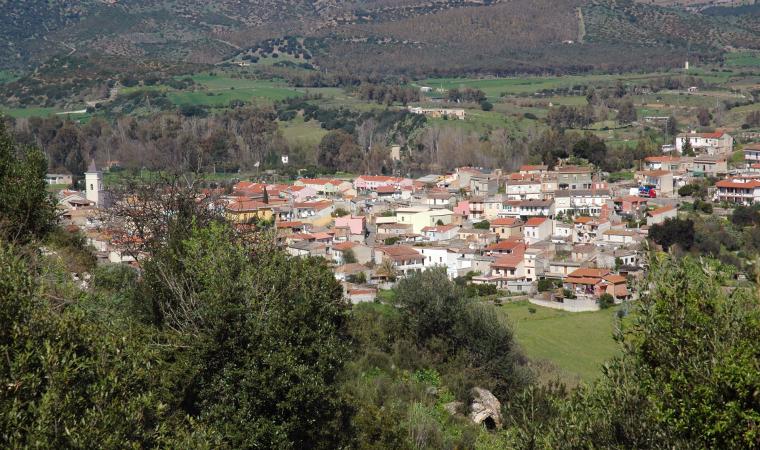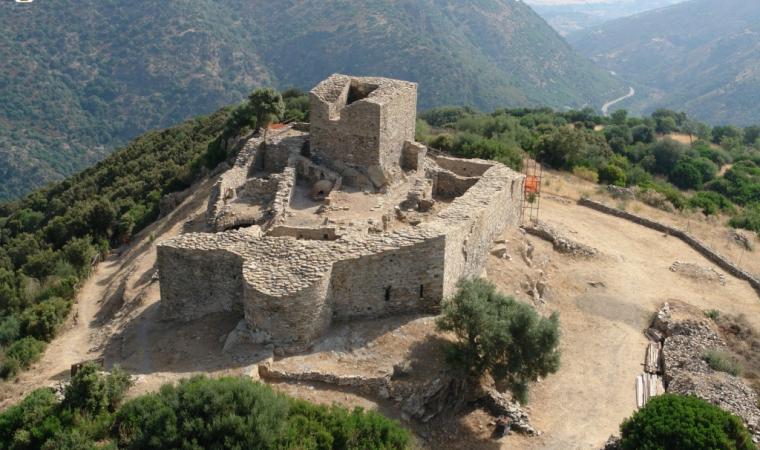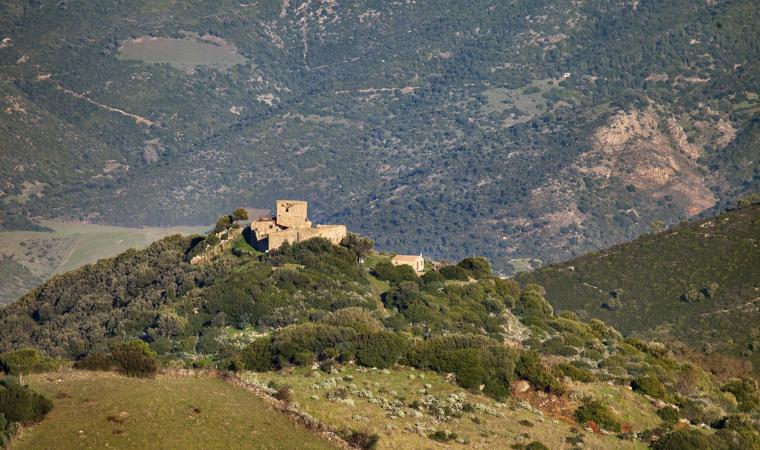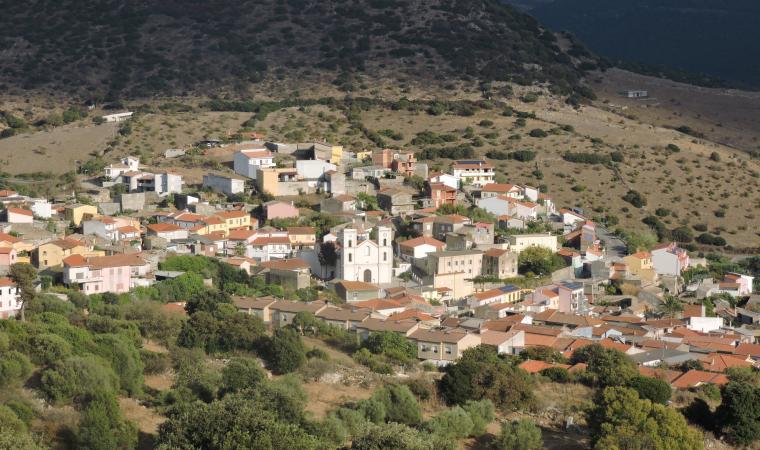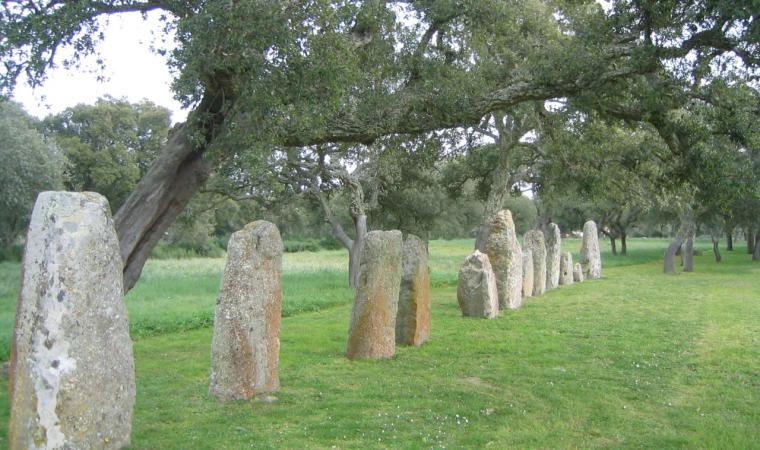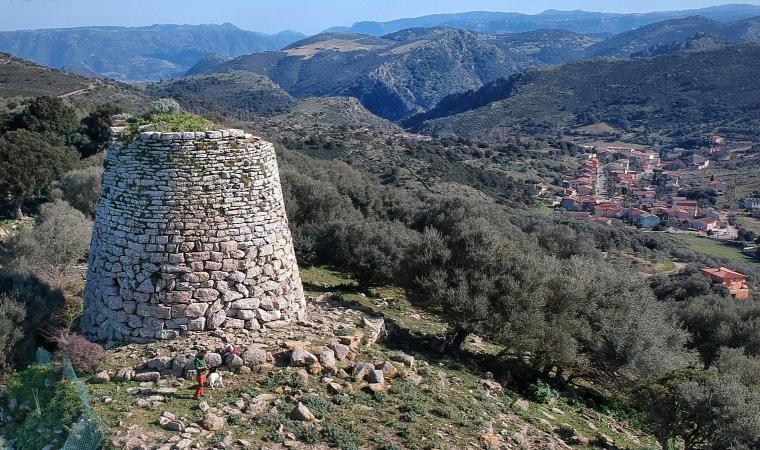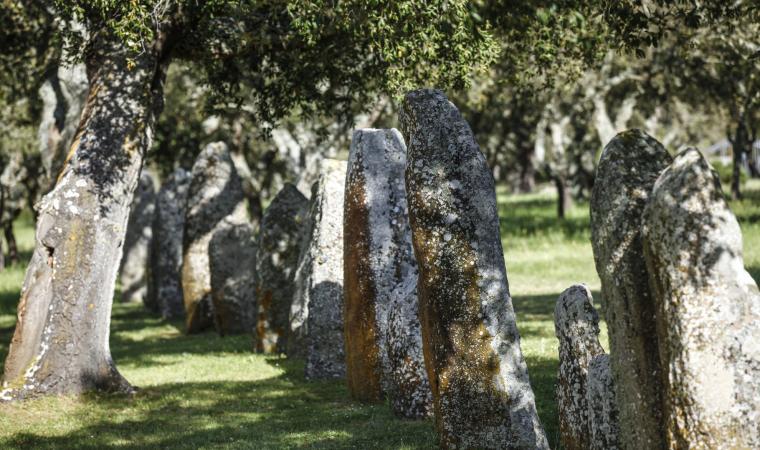It stands on a plateau surrounded by woods, Mediterranean scrub and cultivated fields in the historical territory of Gerrei. From a portion of the territory of Armungia, known as Cilixiucci, you can enjoy a view of incomparable beauty over the whole valley from the Flumendosa, the second longest river in Sardinia (and the one with the greatest flow). The historic centre developed around the nuraghe Armungia, which gives the village its name and dates back to the 15th-14th century BC. Today, it is in a good state of preservation, located right in the centre of the village, and it is one of the rare cases of a town-based nuraghe. The archaeological area includes a tower made of limestone blocks that has a twelve-metre diameter, with an internal chamber more than eight metres high and covered by a tholos (false dome). A flight of steps on the left of the entrance led to the terrace.
The village architecture reflects the agro-pastoral origin of the village: modest houses made of schist, inside which you will often find a ball oven and courtyards with rooms used as storehouses or stables. The town is a true scattered museum, meaning a system of museums and monuments that bear witness to the culture and everyday life of the village. When crossing the quaint village streets, you will be following an itinerary of great cultural interest. From the nuraghe Armungia, which is softly lit up in the evening, you will pass by the ethnographic museum of sa Domu de is Ainas, located inside the municipal building, in which there are about six hundred artefacts from the material culture of the local farming community, then the Bottega del Fabbro (Blacksmith’s Workshop), a stone building dating back to the early nineteenth century that contains the tools of the ferreri, and lastly the house of Emilio Lussu, a museum dedicated to the great writer and statesman, who was deeply linked to his village of birth, and to his wife Joyce Salvadori Lussu, both protagonists of twentieth-century history and key figures in the democratic and antifascist history of Italy.
Around Armungia, you can also admire numerous caves, like those of su Pittiolu and Gospuru, as well as a few abandoned mines, which offer you an interesting itinerary of industrial archaeology. The territory is on the border of the Park of Sette Fratelli (Seven Brothers): you can lose yourself in the lush, enchanting nature, particularly appreciated by trekking lovers.

